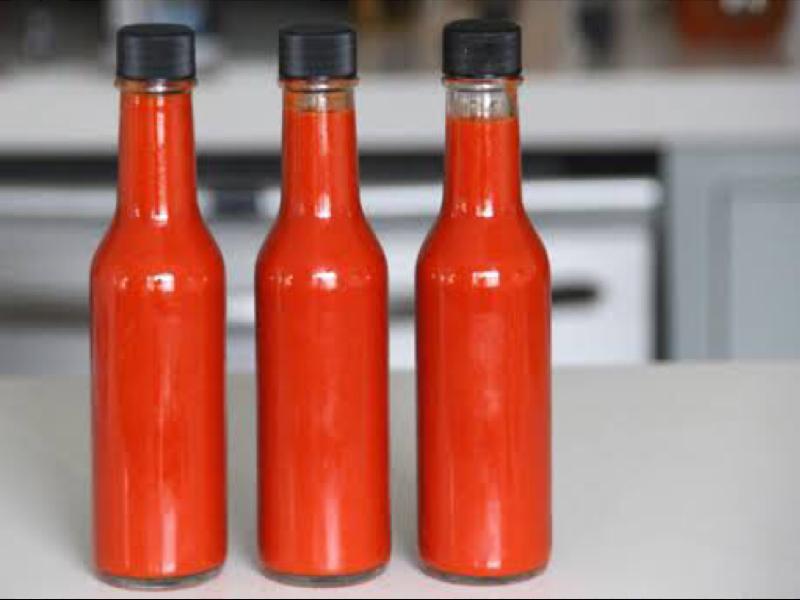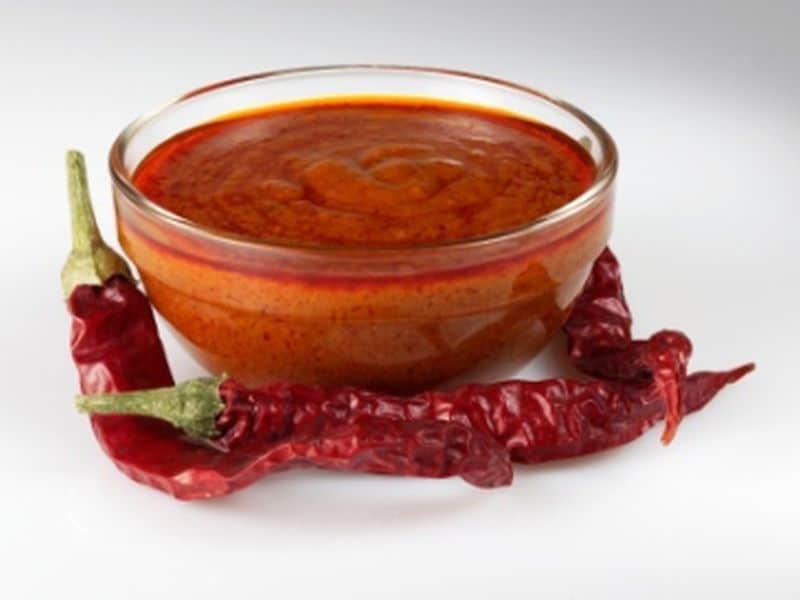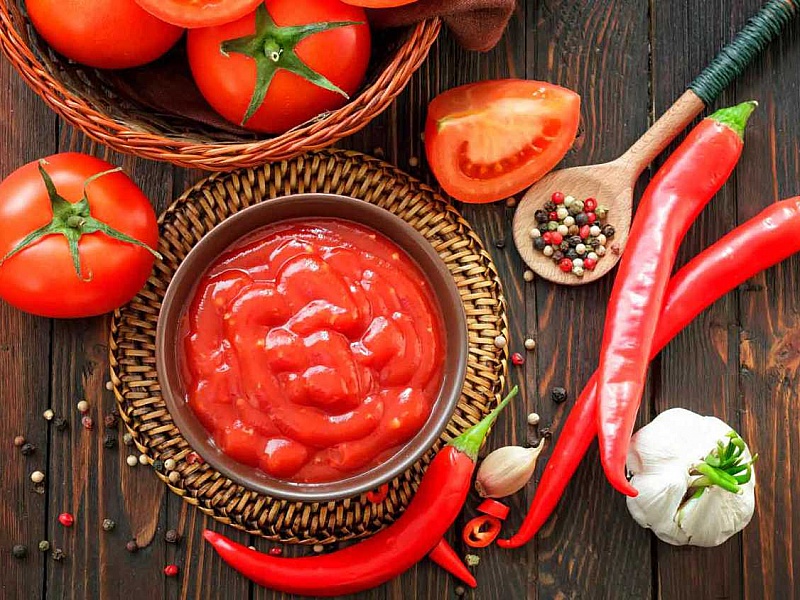The Spicy World of Hot Sauce Bottles: A Comprehensive Overview
Introduction:
Hot sauces have gained immense popularity in recent years, emerging as a beloved culinary condiment across various cuisines worldwide. One integral component of any hot sauce is its packaging, specifically the hot sauce bottle. This article aims to provide a comprehensive overview of hot sauce bottles, ranging from their history, design, materials, and emerging trends.
Historical Perspective:
Hot sauces have a long and storied history, with evidence suggesting that ancient civilizations in Central and South America used chili peppers as a flavoring agent. However, it was not until the late 1800s that commercial hot sauce production began. Initially, hot sauce bottles mirrored the traditional glass bottles employed for other condiments, such as ketchup or mustard.
Design and Functionality:
Over time, hot sauce bottles started to evolve to meet the unique challenges associated with this product. One such challenge is the thickness and consistency of the sauce – hot sauces are often thicker than other condiments, requiring a specific design to ensure easy pouring and minimal wastage. Common bottle types for hot sauce include the classic round bottle or the more contemporary upright, cylindrical bottle, both of which offer an efficient pouring experience.
Materials and Considerations:
Hot sauce bottles are typically made from either glass or plastic, each with its advantages and considerations. Glass bottles offer a premium look and feel, retain the sauce’s flavor and texture, and are eco-friendly. However, they are also prone to breakage and require careful handling. On the other hand, plastic bottles are lightweight, shatterproof, and often more cost-effective. Nevertheless, they may impact the hot sauce’s flavor, require additional barrier layers to prevent chemical interactions, and raise concerns about plastic waste.
Labeling and Branding:

The labeling and branding on hot sauce bottles play a vital role in capturing consumers’ attention and conveying the product’s unique attributes. Manufacturers often employ vibrant and eye-catching designs, incorporating elements such as bold fonts, chili pepper graphics, and creative names for the hot sauce. Additionally, informative labels provide essential details such as heat level, ingredients, nutritional information, and origin to assist consumers in making informed choices.
Emerging Trends in Hot Sauce Bottles:
The hot sauce industry has experienced tremendous growth in recent years, leading to various trends in packaging. Some notable trends include:
1. Specialized Bottle Shapes: Manufacturers are now experimenting with unique bottle shapes, deviating from the standard round or cylindrical designs. For instance, hexagonal, skull-shaped, or even miniature bottles cater to niche markets and attract collectors or enthusiasts.
2. Sustainable Packaging: With growing concerns about the environment, many hot sauce companies are exploring sustainable packaging options. This includes using recyclable or biodegradable materials, decreasing packaging waste, or offering bottle refill services.
3. Customization and Personalization: To enhance brand loyalty and generate a personalized experience, some hot sauce producers offer customization options where consumers can personalize the labels or even choose their preferred bottle shape and design.
4. Innovative Bottle Closures: Although the classic screw cap is the most widely used closure for hot sauce bottles, innovative closures like flip-tops, dropper caps, or even wax seals are gaining popularity. These closures provide an added layer of visual appeal and can also help to control portion sizes for consumers.
Conclusion:
Hot sauce bottles play a significant role in the marketing, presentation, and functionality of this beloved condiment. From their early beginnings as traditional glass bottles to the emerging trends in innovative shapes, sustainable materials, and customized options, the world of hot sauce bottles continues to evolve. As consumers’ taste preferences and environmental concerns continue to shape the market, hot sauce producers must remain adaptable and innovative to stay ahead of the curve.1. Packaging as a Marketing Tool:
Hot sauce bottles serve as a powerful marketing tool for hot sauce brands. The packaging acts as the first point of contact between the consumer and the product, creating an opportunity for brands to capture attention and leave a lasting impression. By employing eye-catching designs, unique bottle shapes, and informative labels, hot sauce companies can differentiate themselves in a crowded market and establish a strong brand identity.
2. The Power of Visual Appeal:

The visual appeal of hot sauce bottles can significantly impact consumer purchasing decisions. A well-designed bottle with vibrant colors, attractive fonts, and appealing imagery can entice potential buyers to choose one hot sauce brand over another. Additionally, elements like embossing, raised lettering, or unique textures on the bottle surface can provide a tactile experience and contribute to the overall visual appeal.
3. Functional Considerations for Pouring Accuracy:
Hot sauce bottles need to address functional considerations related to pouring accuracy. The thickness and viscosity of hot sauce can make it challenging to control the pouring process, often resulting in accidental spillages and wastage. To combat this, some hot sauce bottle designs incorporate features such as narrowed necks, built-in spouts, or pour control systems to ensure precise and controlled pouring.
4. Package Optimization for Shelf Presence:
Hot sauce brands face fierce competition on store shelves, making it crucial for their packaging to stand out. Package optimization involves strategically positioning the hot sauce bottle on the shelf to maximize visibility and catch the consumer’s attention. Factors such as bottle size, label placement, and bottle shape can all play a role in enhancing a product’s shelf presence and driving sales.
5. Cost Considerations: Glass vs. Plastic:
When choosing between glass and plastic bottles, hot sauce producers must carefully consider cost implications. Glass bottles, while providing a premium feel and maintaining the sauce’s flavor, tend to be more expensive than their plastic counterparts. Plastic bottles, on the other hand, offer cost advantages in terms of manufacturing and shipping. Finding the right balance between cost and packaging quality is essential for hot sauce companies’ profitability.
6. Environmental Impact and Sustainability:
As consumers are becoming increasingly conscious of their environmental footprint, hot sauce brands are under pressure to adopt sustainable packaging practices. Some environmentally-friendly options include using recycled materials for bottle production, reducing the overall packaging size, and employing biodegradable or compostable materials. By embracing sustainability, hot sauce producers can attract eco-conscious consumers and contribute to the reduction of packaging waste.
7. Importance of Shelf Life and Preserving Flavor:
Hot sauces typically contain potent ingredients like chili peppers and spices. To maintain their quality and flavor, hot sauce bottles must effectively preserve the sauce’s shelf life. Glass bottles, with their impermeable properties, are known for their ability to protect the sauce from external elements and maintain flavor integrity over time. In contrast, plastic bottles may require additional barrier layers to prevent flavor degradation and ensure an extended shelf life.

8. Consumer Safety and Packaging Regulations:
Hot sauce producers must ensure that their packaging meets regulatory requirements to ensure consumer safety. This involves adhering to food safety standards, such as using materials that are food-grade and approved for contact with hot or acidic substances. Additionally, labeling requirements must be met, providing accurate information regarding ingredients, allergens, and nutritional facts.
9. Packaging Innovations and Technology:
Advancements in packaging technology offer exciting opportunities for hot sauce brands to stand out. For instance, labeling options such as holographic labels or enhanced printing techniques can create a visually stunning effect on bottles, helping them grab attention and create a memorable impression. Anti-counterfeiting measures, such as tamper-evident seals or QR code authentication, can also provide reassurance to consumers.
10. Collaboration with Artists and Designers:
Hot sauce bottles have become popular canvases for artists and designers, providing a unique platform for creative collaborations. Through partnerships, hot sauce companies can leverage the talent and vision of artists to create limited edition or artist-inspired bottle designs. These collaborations not only elevate the brand’s image but also attract collectors and enthusiasts who appreciate the intersection of art and culinary culture.
11. The Rise of Small-Batch and Craft Hot Sauces:
The hot sauce industry has seen a rise in small-batch and craft producers who offer unique flavor profiles and limited edition products. Packaging plays a critical role in differentiating these artisanal hot sauces from mass-produced ones. These brands often prioritize premium packaging materials, custom bottle shapes, and handcrafted label designs, reflecting their dedication to quality and craftsmanship.
12. International Influence on Hot Sauce Bottle Design:
Hot sauce is a global phenomenon, and different regions have their preferences and influences when it comes to packaging design. For example, hot sauce from Mexico may feature motifs inspired by traditional Mexican culture, while Asian-inspired hot sauce bottles might incorporate calligraphy or illustrations of traditional Asian elements. By considering international influences, hot sauce brands can create packaging that resonates with specific target markets and cultural contexts.
In conclusion, hot sauce bottles are an essential component of the hot sauce industry, serving as packaging marvels that balance functionality, visual appeal, and brand identity. As the hot sauce industry continues to grow and evolve, companies must adapt to changing consumer preferences, embrace sustainability, and leverage packaging innovations to capture consumer attention and build a loyal customer base. By understanding the significance of hot sauce bottle design, materials, and emerging trends, companies can make informed decisions that propel their brands to success in this spicy, competitive world.









